Almost 30 years ago, in 1994, Dutch-born architect Winka Dubbeldam founded her own architectural office called Archi-tectonics. In the meantime, Archi-tectonics has headquarters in New York, Amsterdam, and Hangzhou in China, the latter resulting from their master plan for the Asian Games in Hangzhou – architectural offices often use big projects to expand and develop new headquarters. Archi-tonics is operating globally and across all building types. In this article, the idea is to shed light on the views and biography of architect Winka Dubbeldam, who is perhaps a lesser known yet still very successful architect, as well as dive into a few projects by her office Archi-tectonics, that is run together with business partner Justin Korhammer. Ideally, a few inspirations for the design and research process can be drawn by looking at the practice and work approach of Dubbeldam and Archi-tectonics.
Archi-tectonics describes itself as doing “[…] innovative multidisciplinary work [that] combines advanced digital design processes, rigorous research, and new fabrication methods across scales to create smart buildings and healthier forms of urban living. [Archi-tectonics] create[s] concept-driven environments, buildings, and urban systems that foster more equitable and sustainable ways of life.” In line with this, in a 2018 interview, Winka Dubbeldam states the following about her own understanding of what it means to be an architect: “The rewriting and innovation of architectural design and its structures requires a revolutionary change in the thinking of how architecture is now conceived. From the notion that a building is a composite of standardized elements such as columns, floors, and walls, we have to re-think a building being composed of mass-customized generative components. These components are organic in nature and resemble the human body in its complexity and natural fit. By making the components more integral and intelligent, human occupation is accommodated rather than allowed, interactive rather than passive.”
In both statements combined, it becomes clear that Dubbeldam (and her colleagues) focus on innovative design and sustainability and, beyond that, are interested in the concepts and meanings of their designs and practices. It becomes clear in the statement. “We value performance over form and design intelligence over style,” taken from their website.
Architecture as sculpture
As this article mainly comprises interviews given by Winka Dubbeldam, some of the thoughts might have changed over time. In any case, Dubbeldam and her parents moved houses frequently during her youth in the Netherlands, according to an interview given to Madam Architect. As stated during the same interview, many of these houses were unfinished and still under construction, so Dubbeldam might have constantly imagined finishing furniture and redesigning them. This hands-on contact with architecture and the fact that she studied architecture and sculpture made her essentially think in three dimensions.
As such, Winka Dubbeldam (and her office) became one of the earlier adopters of 3D computer software for their designs. Perhaps it is no surprise that one of her favourite architects, as said across various interviews, is German Hans Scharoun, especially his Berlin Philharmony – essentially a project that has not been developed by drawing floor plans but by thinking in three dimensions, just as the music and sound inside travel.
Dubbeldam has also supported a widening understanding of what architects should and should not do. She states: “When I think back about architecture, what I keep coming back to is that in school, architecture students should study more classes in psychology and business. What I’m most grateful for is that in Holland, we had a class on law – and the legality of business relationships. That is such an important thing! You need to know where you are responsible and liable, and even more, where you are not responsible because too many architects take responsibility for things they shouldn’t.” It can be seen how early childhood experiences and education shape the practice and understanding of architecture.
Influences and inspirations
Hans Scharoun might have fostered and triggered in Dubbeldam the initial interest in architecture as a craft, but it was Peter Eisenman, or working in his New York office, who taught Dubbeldam how to run an office. Madame Architect quotes: “I loved working with Peter, I really did. I was warned from all angles [laughs] – someone even said, “You’re going to work for the devil?!” That was a pretty strong statement. […] The people in the office were fantastic, though and what I appreciated about Peter was that his feedback was never personal. He is very tough – I called it commando training in architecture. Working in his office was like being in the army and on the ground in mud – but it was really all about making better architecture and making better concepts.”
Eisenman, amongst many other projects, is known for the Wexner Center of the Arts, The City of Culture in Santiago de Compostela and, of course, The Memorial to the Murdered Jews of Europe in Berlin. Regarding Eisenman, Dezeen states: “It was through Derrida’s writings that Eisenman developed an interest in separating structure from meaning, so that a column might no longer be seen as a vertical support, and a roof need not be concerned about shelter.” This school of thought, that is, the possibility to rethink architectural elements, strip them of their traditional meanings, and achieve new meanings through new combinations and foundationally drawing inspiration from books rather than practice, became similarly typical for Dubbeldam. In Madame Architect, she states: “I go back to myself all the time and ask, ‘What do I stand for? What do I want to do? Where do I come from?’ I don’t read a lot of architecture magazines because it distracts me, and it worries me that it would stifle my free design thinking. I mostly read philosophy and critical theory – I like reading a lot more than I like looking. Because of this, I sometimes miss what my colleagues are making.”
Apart from Eisenman, Dubbeldam has crossed paths with many other famous architects. Some of these connections are due to her teaching at Columbia University and Harvard University, among other prestigious institutions. Dubbeldam states: “It was hard. I was lucky that when all this happened with Peter and my exhibition, it all happened very quickly – in two or three months maybe. In that time, I got a call from [Bernard] Tschumi saying, ‘Ben van Berkel is supposed to teach but isn’t able to make it the first month. How about you teach with him?’ Meeting and working closely with some of the most famous contemporary architects on one hand and her early career on the other might have had a major influence on her practice. She states further: “I was also lucky in that I worked for an office in Holland, early on in my career, that was bringing computers into the process […]. The fact that we were working with Rem Koolhaas to execute projects like the ‘Netherlands Dance Theater’ at the Hague and other first projects of his when he was extremely eager but very unpractical really prompted the need for such advanced technology in the office. So almost the whole time I have worked I’ve been working on the computer.”
Archi-tectonics
In 2012, Architizer listed Winka Dubbeldam among 100 women to watch in architecture. “I have my shortcomings, and that’s another key thing in building a practice – you have to know your shortcomings. I’m definitely not the right person to run a gigantic office; I like a smaller office. That way, I can still be creative. I don’t want to be a manager only.” she states in Madame Architect.
In this segment, two projects that represent Dubbeldam’s philosophy and Archi-tectonics design approach shall be highlighted. The first is a master plan for Bogota’s city center: “We were asked to do a bottom-up design for downtown Bogotá, which is fifteen or so different areas together that compile the larger region that is considered ‘downtown’.” Instead of imposing a vision, Archi-tectonics studied the area, its use, its abandoned buildings, and traffic carefully. “We proposed something like five scenarios like this, which included rethinking the local traffic patterns, restoring one of the pre-existing rivers to reinvigorate areas that were once wetlands for the purposes of recreation and urban agriculture and so on. […] With […] surveys, we definitely got a sense of the trends, but really we had to study enormous amounts of data to understand the dynamics of the city. People won’t give you that directly; they tend to give very emotional or even sentimental responses. It was great to do research, assume what you thought was really needed, and then check it. […] When my client launched the website, we had something like 4,500 followers; after a couple of weeks, we had around 80,000 followers.” Overall, it can be called a bottom-up and participatory approach despite the project’s sheer scale. More on this particular project can be found by listening to her TED talk.
Another type of project, or projects, worth looking at are two developments in Manhattan, New York. The first is a townhouse at 512 Greenwich Street Townhouse; the second is a multi-unit residential building at 497 Greenwich Street – both basically across the street from one another. At 497 Greenwich Street, Archi-tectonics shows how refurbishing and working in context can be done without either creating something of a completely different design or trying to fit in as much as possible. The building, whose facade on Google Street View reflects opposite the warehouse beautifully, has been so much a success, that, according to Dubbeldam, owners and buyers talked about it like a pet: They were not just having an apartment somewhere, they lived in that building. So it’s important that a building have an ‘identity’; if so, it immediately speaks to the inhabitants, and they begin to identify with it.” For 497 Greenwich Street, the challenge was similar but somewhat different.




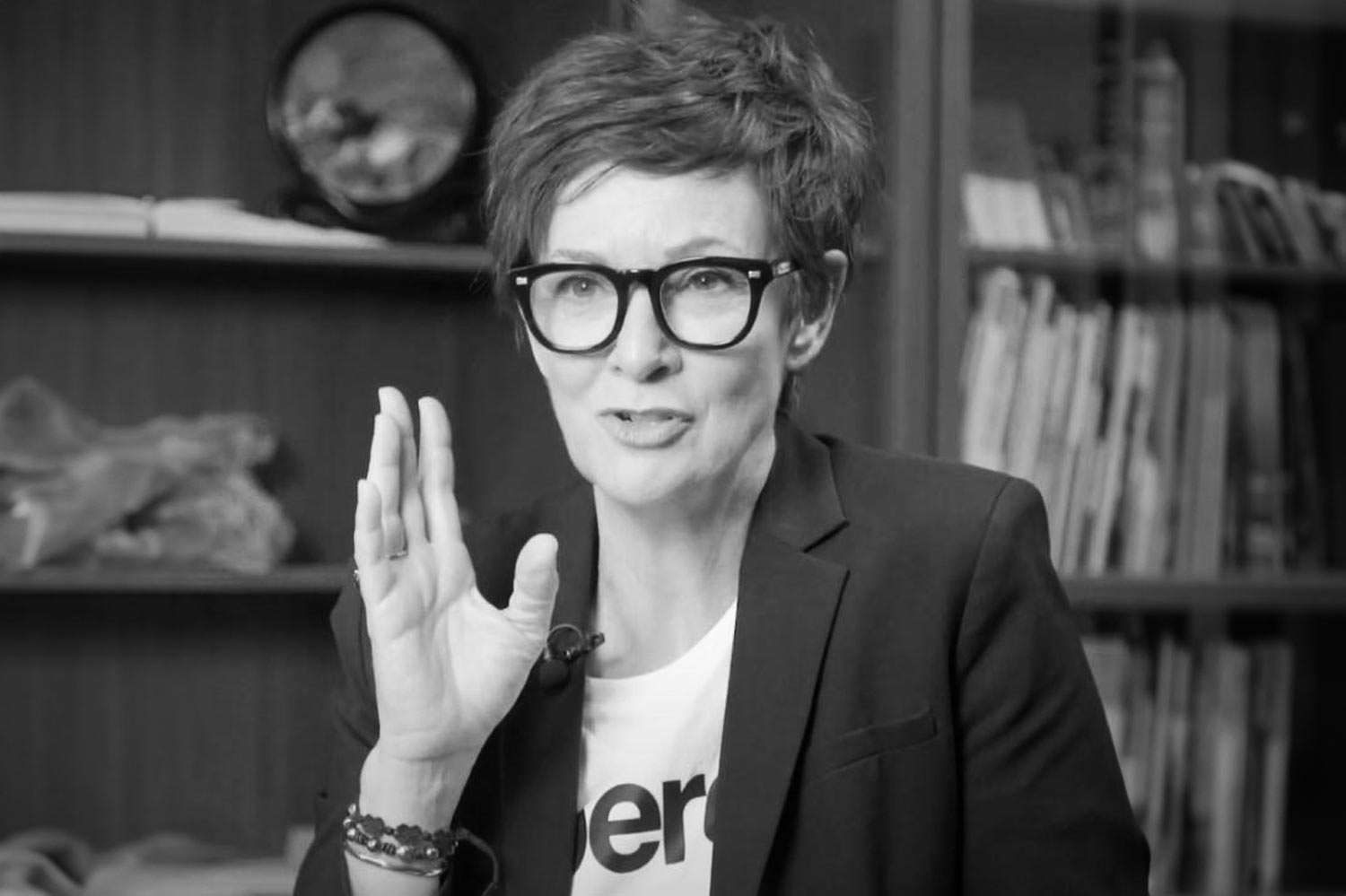
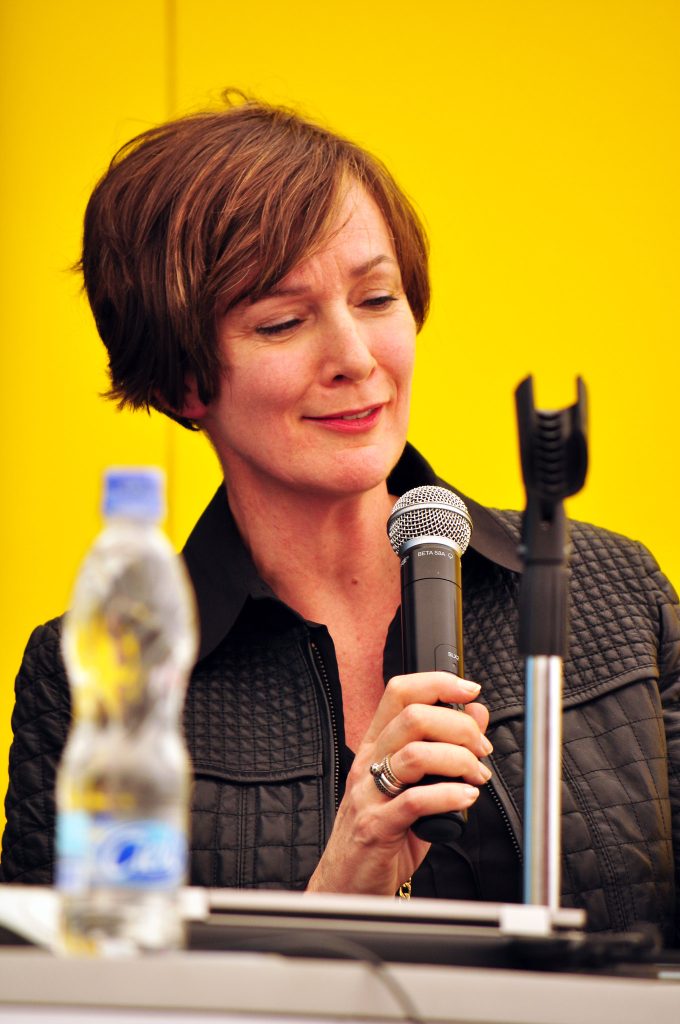
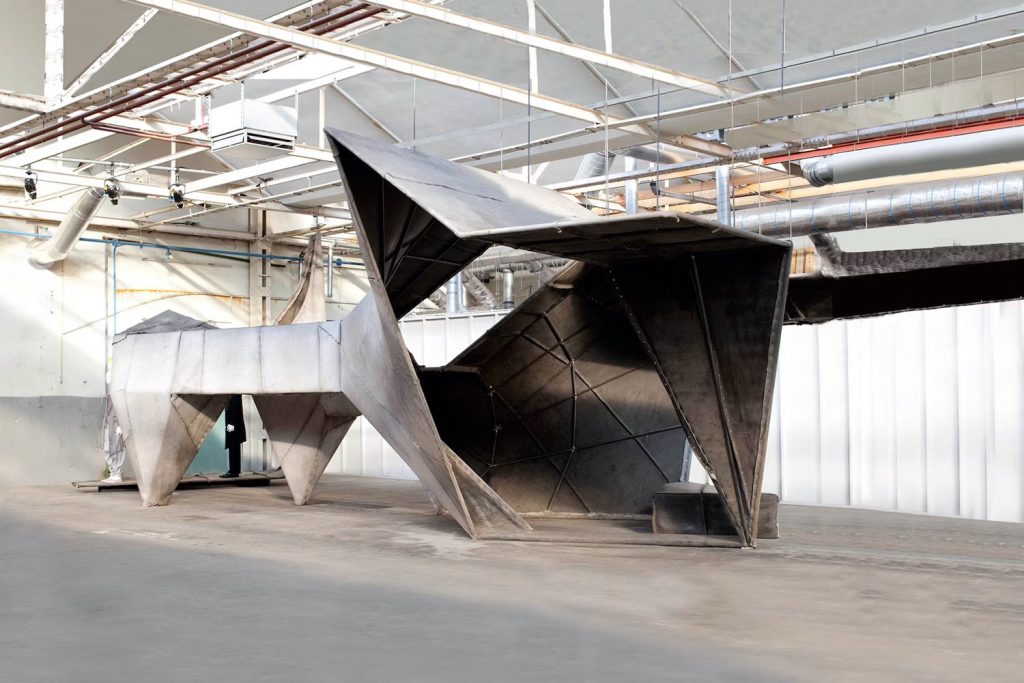

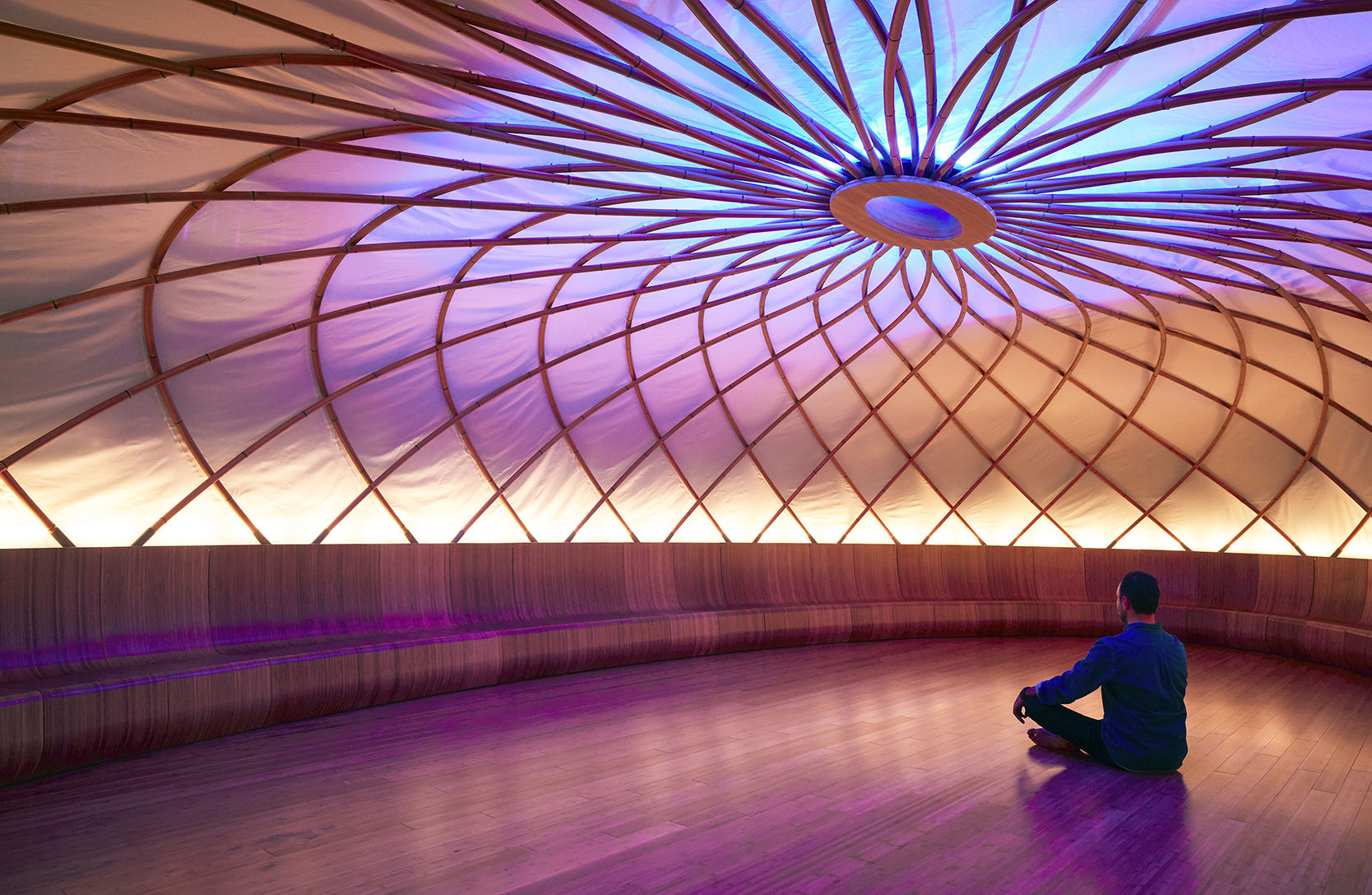
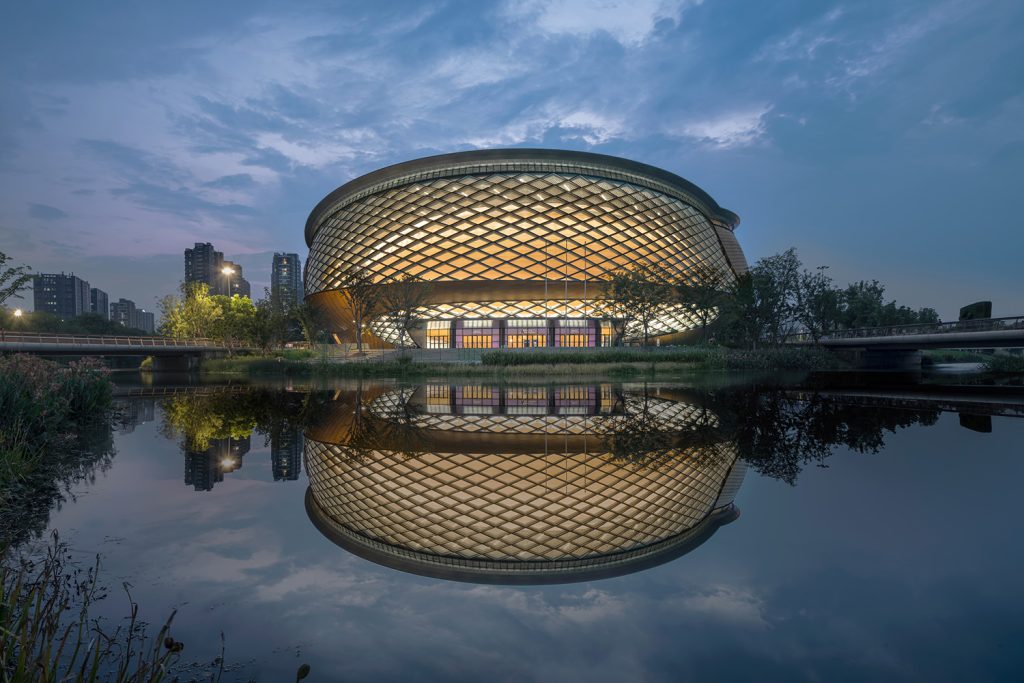
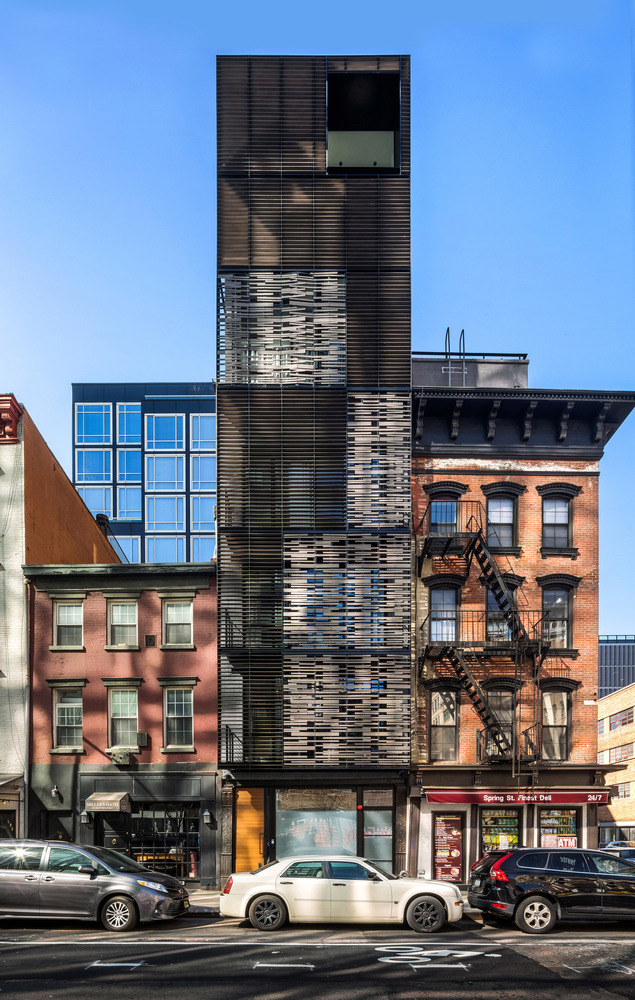














Leave a comment